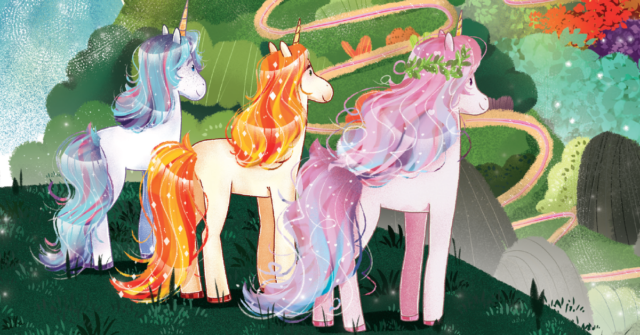
Walk into a content-rich classroom and you’ll see it: students engaged, curious, and sharing their thinking. They’re not just learning to read, they’re reading to learn. And that subtle shift changes everything.
Today’s educators are tasked with more than teaching decoding and comprehension strategies. We’re preparing students to navigate a complex, information-driven world. That’s where content area reading can help us, by offering an approach that integrates literacy instruction with meaningful content to build knowledge, deepen understanding, and spark lifelong curiosity.
What Is Content Area Reading?
Content area reading is the intentional use of reading instruction to support learning in literacy as well as subjects like science and social studies. Rather than treating literacy and content knowledge as separate silos, this approach allows students to make sense of the world through purposeful, integrated reading experiences.
When students read widely on a shared theme or topic, they do more than accumulate facts. They build conceptual understanding, connect ideas across disciplines, and develop academic vocabulary that supports comprehension in every subject area.
Why Content Area Reading Matters
1. Reading Fuels Learning
Reading is one of the most powerful tools students have for gaining new knowledge. When students explore multiple texts on the same topic, they deepen their understanding, build critical thinking skills, and learn to synthesize and evaluate information.
2. Supports Standards and Builds Knowledge
Science and social studies standards emphasize reading across multiple sources to build knowledge. Content area reading meets these goals by exposing students to rich, varied nonfiction texts that support domain-specific learning and vocabulary development.
3. Engagement Starts with Curiosity
We’ve all seen it: a student captivated by a book about volcanoes or fascinated by the story of a historical trailblazer. Content-rich texts ignite curiosity and turn reading into a meaningful journey. When students care about what they’re reading, they’re more motivated to keep learning.
4. Equity Through Access
Not every student arrives at school with the same background knowledge. Content area reading helps level the playing field by giving all students access to the information and vocabulary they need to comprehend complex texts. Visual supports, like maps, photographs, and diagrams, also provide multiple entry points for diverse learners.
5. Literacy Is Cross-Disciplinary
Skilled readers don’t just succeed in ELA, they thrive in science investigations, history discussions, and digital research. Content area reading teaches students to apply literacy strategies across subjects, empowering them to become thoughtful, independent learners in any discipline.
Introducing New Content Area Reading Sets
To make this powerful approach more accessible and actionable, we’ve created the Content Area Reading Sets—standards-aligned collections for grades K–5 that seamlessly integrate science and social studies themes into daily reading instruction. The topics, from animal habitats and ecosystems to community, culture, and innovation, are designed to captivate students, build background knowledge, and encourage discovery.
Invite Your Students to Read, Think, and Discover
Content area reading isn’t just another strategy, it’s a transformative, research-based practice that connects literacy with the real world. When we give students the opportunity to read deeply and broadly about meaningful topics, we’re not just teaching reading. We’re teaching critical thinking, connection-making, and discovery.
With Content Area Reading Sets, you don’t need to start from scratch. You just need to open the door to curiosity, to knowledge, and to a classroom where every student has a reason to read on.
Transform your classroom into a hub of discovery with the Content Area Reading Sets!


